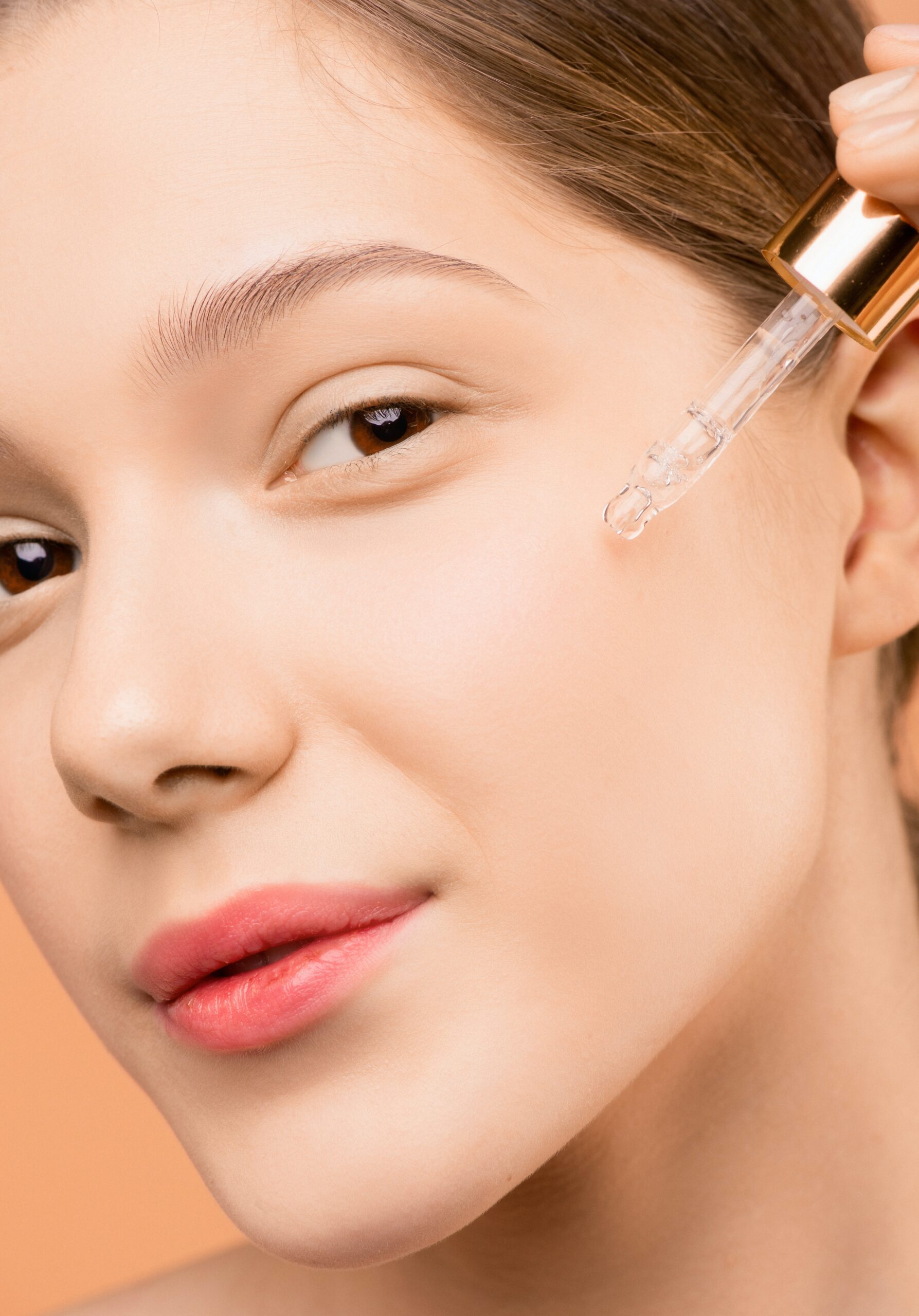Skin types can be classified based on various criteria, such as skin color, response to sun exposure, sebaceous secretion, hydration level, and sensitivity. Fitzpatrick’s classification, for instance, is a widely used method that helps determine the appropriate sun protection factor and assess the risk of skin cancer based on skin color and its reaction to the sun.
From a cosmetic perspective, however, skin is typically classified based on its balance of sebum production, hydration, and sensitivity. Each skin type has its unique characteristics and requires tailored care. While genetics plays a crucial role in determining skin type, other factors can also influence it over time.
Normal, dry, oily, combination skin (oily and dry), and sensitive skin are the five primary varieties of healthy skin.. This article delves into the distinctive traits of each skin type and offers insights into the most suitable care routines for maintaining healthy, radiant skin.
NORMAL SKIN
Normal skin type is characterized by a well-balanced texture that is neither excessively dry nor oily. It boasts a smooth, blemish-free appearance with a soft, supple feel. Unlike other skin types, normal skin does not require special care or attention to maintain its natural radiance and health.”
SENSITIVE SKIN
Sensitive skin is highly reactive to various stimuli that may not affect normal skin. It is a delicate skin type that often experiences discomfort, including sensations of heat, tightness, redness, or itching. Due to its weakened barrier function, this type of skin is susceptible to irritants and microorganisms, increasing the risk of infections and allergic reactions.
To keep sensitive skin healthy, it requires extra care to combat dryness, roughness, and other common concerns. Sensitive skin may also be referred to as “irritated skin,” and the terms are used interchangeably with no dermatological differences between them.”
DRY SKIN
Dry Skin: Causes, Symptoms, and Associated Risks
Dry skin is a common condition that often results from external factors like weather, low air humidity, and hot water exposure. Although typically temporary, some individuals may experience chronic dry skin throughout their lifetime. If left untreated, dry skin can lead to other skin disorders, such as eczema, and increase the risk of infections.
Symptoms of dry skin can vary depending on the person’s age, overall health, and underlying cause. Generally, dry skin presents as tightness, roughness, ashy-gray discoloration, desquamation, itching, redness, and small cracks.
Dryness, desquamation, and irritation are the hallmarks of the specific skin condition known as atopic skin, which also includes other symptoms including itching. It is primarily caused by genetic factors, although environmental triggers, allergies, food, and clothing may aggravate the condition. Early diagnosis and proper management of atopic skin are essential to alleviate symptoms and prevent complications.”
OILY SKIN
Oily skin is characterized by a shiny, porous, and humid appearance, caused by the overproduction of sebum by the sebaceous glands. This skin type is commonly attributed to genetic and/or hormonal factors, and is most prevalent in adolescents and young adults under the age of 30. Oily skin is often associated with the occurrence of acne and other related concerns.”
COMBINATION SKIN
Combination skin is characterized by a non-homogeneous distribution of sebaceous and sweat glands, resulting in a mix of dry and oily skin characteristics. The T-zone (forehead, nose, and chin) typically has more oil production, while the cheeks are either normal or dry. This type of skin can present unique challenges due to its varying needs and may require a customized skincare routine for optimal results.”
SCALY SKIN
Skin desquamation, or the detachment of large scales from the epidermis, can occur due to repeated exposure to environmental factors such as the sun, wind, dryness, or excessive humidity. However, it can also be a symptom of underlying conditions such as allergic reactions, fungal or staphylococcus infections, immune system disorders, cancer, or oncological treatments. Itching is a common accompanying symptom in such cases. Understanding the causes, symptoms, and treatments of skin desquamation can help in effectively managing this condition and minimizing discomfort.”
RED SPOTS
Discover a wide range of dermatological causes and diseases that may trigger red spots or rashes, from infections and heat to allergens, immune system disorders, and medications. Stay informed about the potential underlying reasons for your skin condition and seek the appropriate medical attention for effective diagnosis and treatment.”
SKIN MOLES
Learn about moles, which are clusters of pigmented cells that typically develop as dark dots or spots on the skin during childhood and adolescence. While most moles are harmless, it’s important to have them examined by a dermatologist if they undergo any changes in size, shape, or color, or if they itch or bleed, as some can potentially turn cancerous. Stay informed about mole care and early detection for optimal skin health.”
